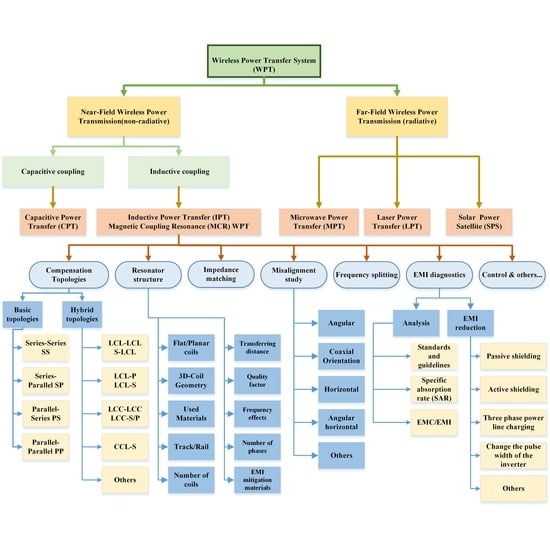wien
Newbie level 6

I'm trying to connect a class A power amplifier to a circuit that has a resonance frequency of 110 kHz, has 11 v, and has almost no current. I'm trying to make about 10w of power by using the amplifier to make 1A of current. Vcc is trying to use 15v or 12v. Vcc uses 12v or 15v and please recommend resistance values for that




